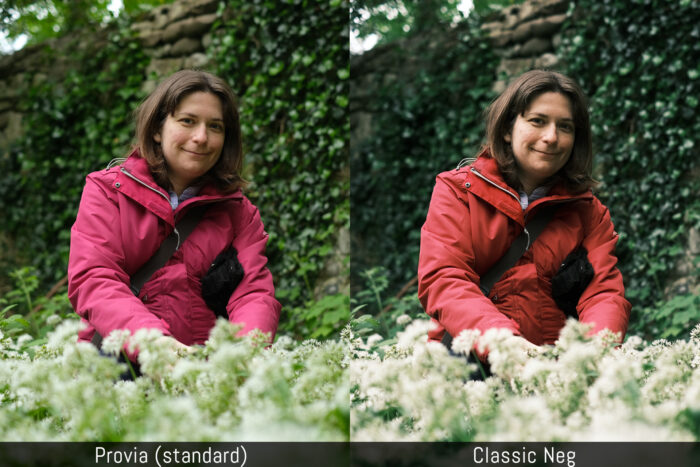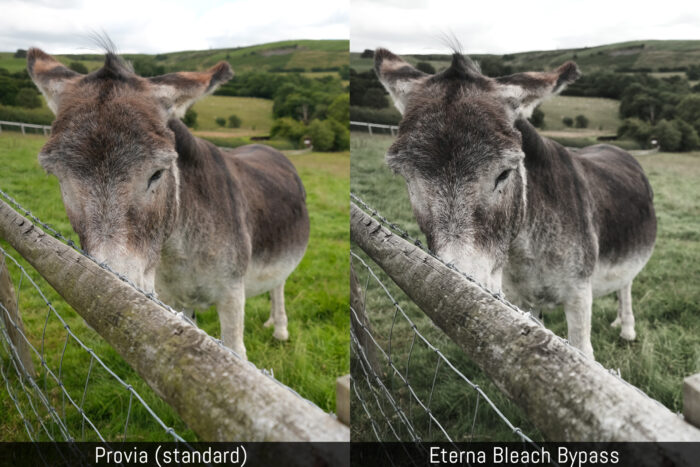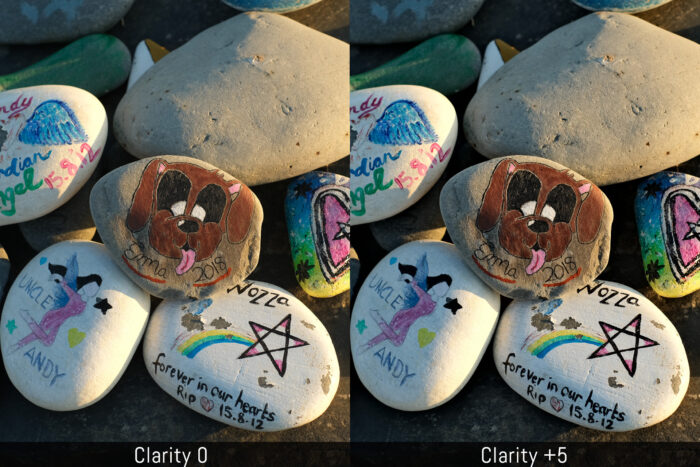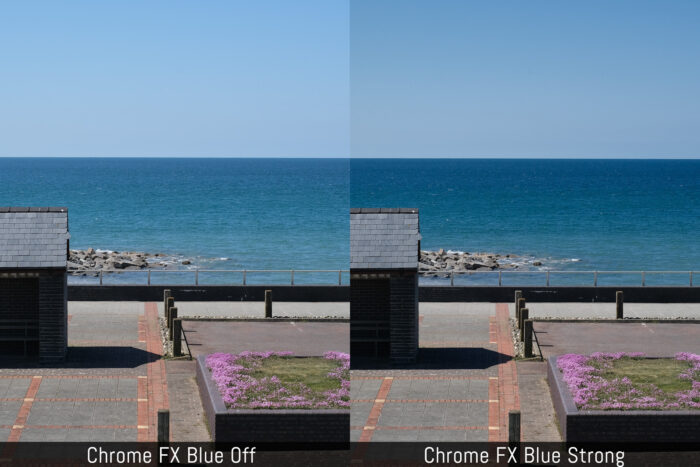The Fujifilm X-T30 arrived in February 2019, offering most of the specifications of the flagship X-T3 in a smaller, less expensive body, just like its predecessors did before it.
The X-T30 II is a minor upgrade, mainly based on the software, while the hardware remains identical to the X-T30 except for the rear monitor.
In this article you’ll find the five differences you need to know. But first, here is the long list of all the things they have in common:
- 26.1MP BSI APS-C sensor
- ISO 160-12800 (80 to 51200 with extended range)
- Hybrid AF system with up to 425 points
- 8fps drive speed with mechanical shutter
- 20fps drive speed with live view and no blackouts when using the electronic shutter and (30fps with 1.25x crop)
- 4K and DCI 4K up to 30p, F-Log
- 8-bit 4:2:0 internal recording
- 10-bit 4:2:2 video via HDMI
- Mic input and headphone output (via USB C and adapter)
- 0.39-in OLED viewfinder with 2.36M dots, 0.62x magnification
- 1 SD card slot (UHS-I)
- NP-W126S battery (with more or less the same battery life rating)
- Design and dimensions (118.4 x 82.8 x 46.8mm)
- Weight (the X-T30 II is 5g lighter)
Below you can see the design of the two cameras, which is absolutely identical including the name on the front (no “II” next to ‘X-T30’ on the new model).
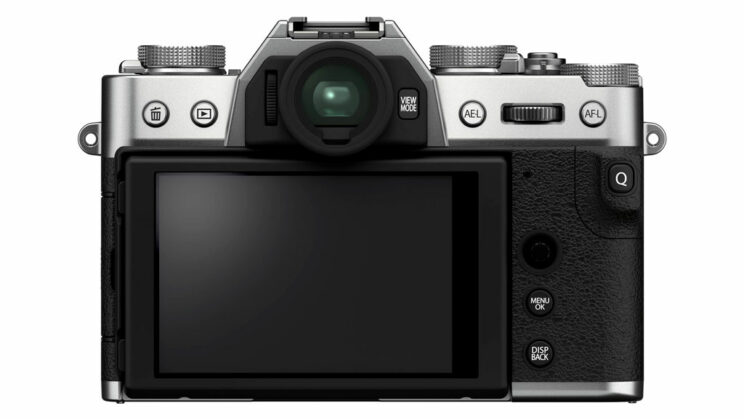
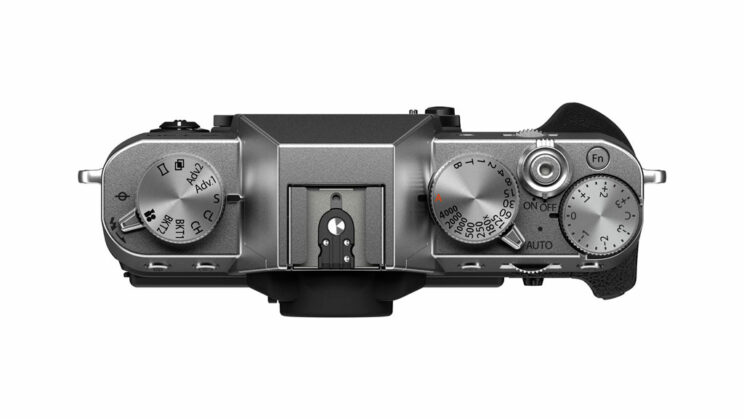
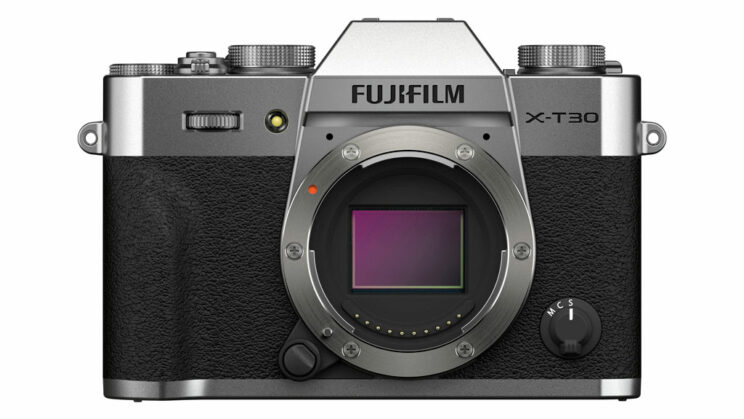
Ethics statement: the following is based on our personal experience with the X-T30 and official specs of the X-T30 II. We were not asked to write anything about these products, nor were we provided with any sort of compensation. Within the article, there are affiliate links. If you buy something after clicking the link, we will receive a small commission. To know more about our ethics, you can visit our full disclosure page. Thank you!
1. Autofocus
Although the AF system is the same with an equal number of points (425), the X-T30 II inherits the latest software updates introduced with the X-T4, which were then also implemented on the X-T3 via firmware update.
This means the X-T30 II focuses faster (0.02s locking speed), has better tracking capabilities (2x more accurate success rate) and improved face/eye detection.
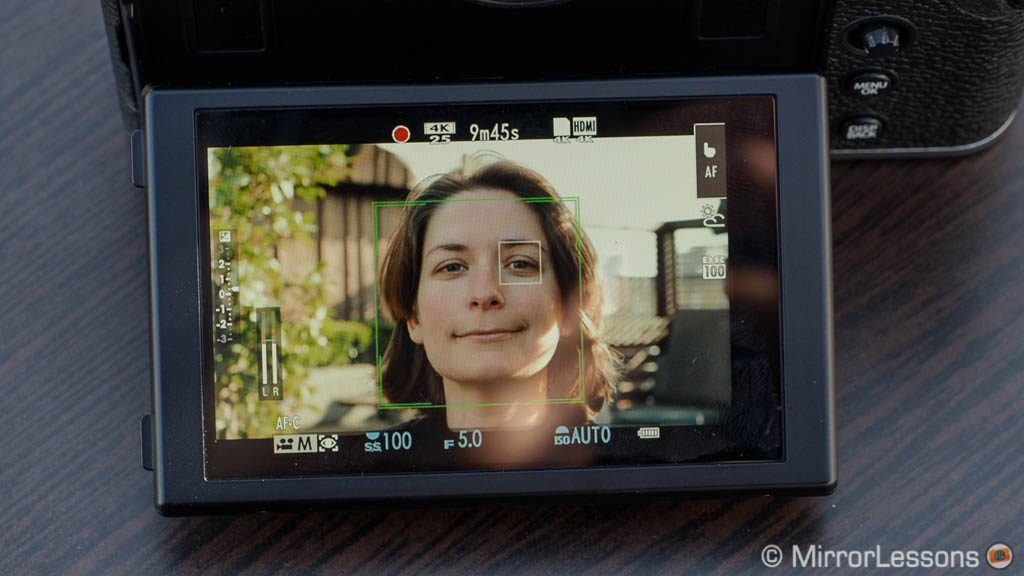
Focusing in low light has also improved with a rating of -6Ev with a f1.4 aperture, or -7Ev with the 50mm F1.0 (it’s -3Ev at f1.4 on the original X-T30).
Based on my findings after testing the X-T3 and X-T4, the improvements are not game-changing but I found the Wide/Tracking mode to be more reliable, and the updated AF software understands better what and where the subject is.
With face/eye detection, it is less likely to lose track of the subject if the person momentarily turns around 90˚, or faces the camera backwards. You can read more about this in our X-T3 vs X-T4 comparison.
2. Film simulation and image settings
The X-T30 II has two additional film simulation modes (picture colour profiles): Classic Neg and Eterna Bleach Bypass.
Classic Neg was introduced with the X-Pro3. It is similar in contrast to Classic Chrome, but offers more saturation and different colour hues. It is one of the most distinctive looks offered by Fujifilm.
Bleach Bypass emulates the traditional processing method for silver halide film. It has low saturation but a lot of contrast.
Along with the extra image profiles, the X-T30 II inherits extra settings you won’t find on the original model. These are:
- Clarity
- Tone Curve with 1/2 step adjustment (called highlights and shadows on the X-T30 but with 1 step adjustment)
- White Priority and Ambience Priority for the Auto White Balance
- Monochromatic Color with the freedom to give the image any colour tone you want (on the original X-T30, it’s cooler or warmer only)
- Colour Chrome FX Blue which makes blue colour deeper
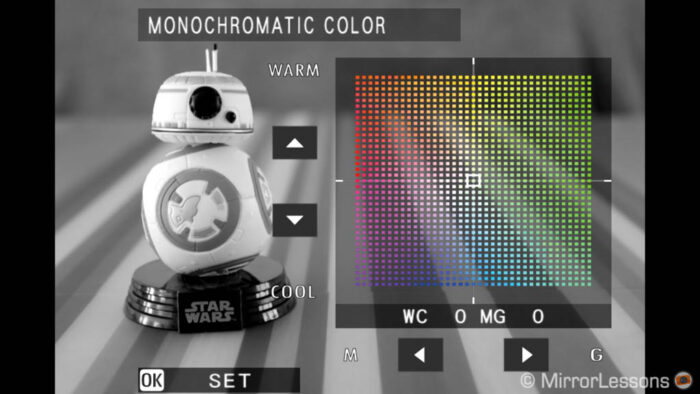
Then we have the HDR mode, another feature inherited from the flagship models. It blends three images together, increasing the details in the shadows and highlights. It works with JPG only (for the final output).
If you’re interested in finding out more about the HDR function, check our dedicated article.
3. LCD screen
Both cameras feature a rear LCD screen that can tilt up or down and is touch sensitive.
The only difference is that the one on the X-T30 II has more resolution: 1.68M dots vs 1.04M dots on the original model.
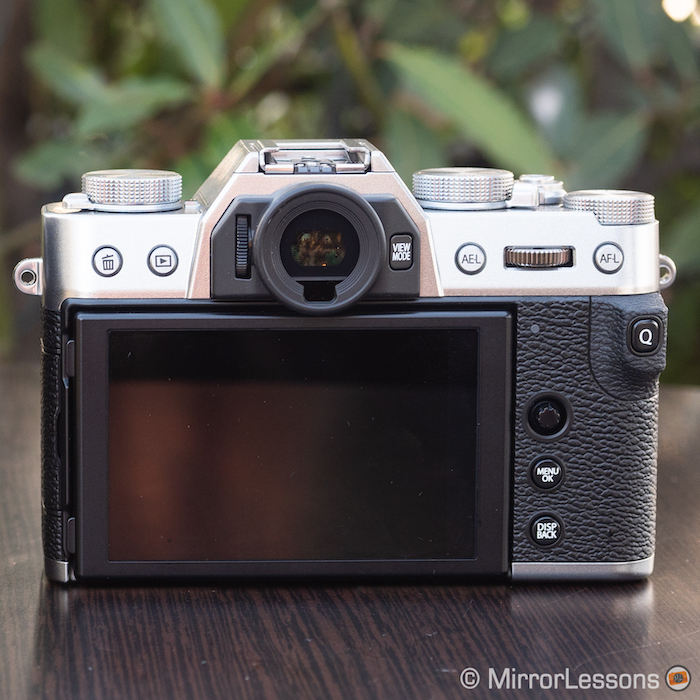
4. Video tidbits
Here we have two differences for those interested in the movie functionality.
The X-T30 II has a limitation of 30 minutes per clip in 4K, which is a good step forward from the 10min cap on the X-T30.
Then, we have the High Speed mode for the production of slow motion videos. The mark II model can record up to 240fps, whereas the X-T30 stops at 120fps.
The quality should be exactly the same as the X-T4, so you can see how it looks in our video below.
5. Price
The X-T30 can be found for $800, £850 or €800. Note that at the time of publishing this article, the X-T30 is still available but it is likely to be discontinued soon.
The X-T30 II is slightly more expensive at $900 or £770 (no Euro price yet at the time of publishing). And before you tell me the UK price can’t be right, it is. In the UK it seems that the mark II model is cheaper than the original, older model.
Prices as of early September 2021.
Conclusion: will there be a firmware update for the X-T30?
The X-T30 and X-T30 II have the same dimensions, design and hardware, including sensor and processor.
All the updates on the mark II model are software (except the higher resolution for the LCD screen), and therefore could come to the X-T30 via firmware. Fujifilm did something similar with the X-E2s replacing the X-E2, and also with the X-T3 which received most of the updates introduced on the X-T4 (except IBIS and bigger battery of course).
Whether Fujifilm will discontinued the X-T30 soon and carry on with the mark II, or give the older model a longer lifespan, remains to be seen.
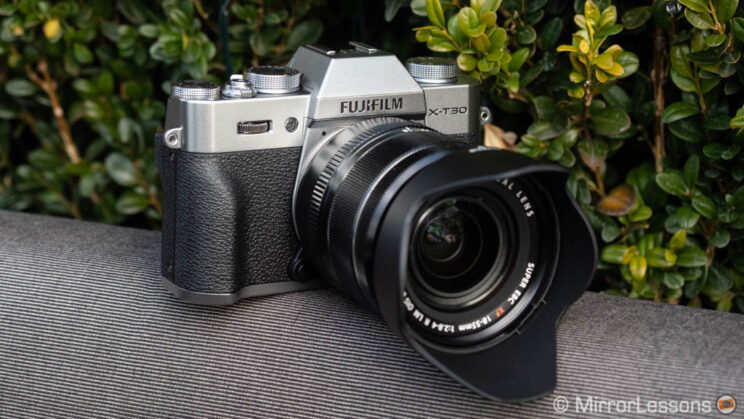
My advice is not to rush to buy the mark II model. It could be that you’ll find an X-T30 for less in the near future and, with a bit of luck, a firmware update will make them equal.
That said, in certain areas like the UK, the mark II model is less expensive than its predecessor so, in that case, the choice is easier to make.
Note: our reader Chris kindly sent me some interesting information regarding the upgraded memory on new Fujifilm models such as the X-T30 II. I also found this article from DPreview that mentions “additional memory” as the second hardware upgrade (the first being the higher resolution on the LCD screen). If the new camera has indeed more memory than the previous model, it could explain why the original X-T30 can’t receive the most recent software upgrades.
Check price of the Fujifilm X-T30 on
Amazon | Amazon UK | eBay | B&H Photo

